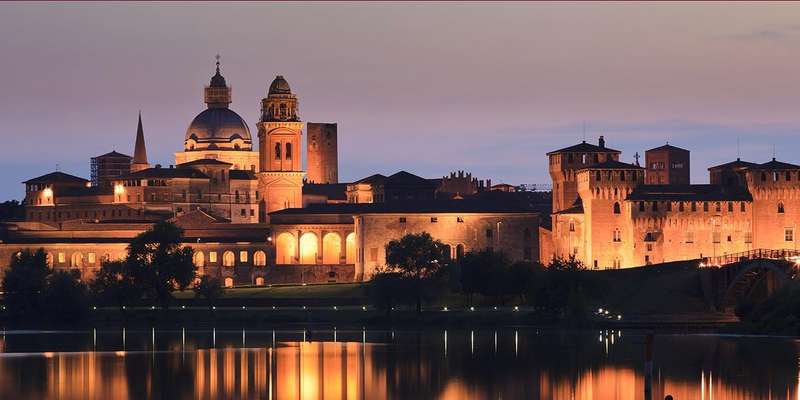- Home
- Useful Tips
- Understanding Mantua's urban...
Mantua's intricate network of waterways is not just a scenic backdrop but the lifeblood of its urban development. Many visitors miss the profound connection between the city's Renaissance architecture and its canals, leading to a superficial understanding of this UNESCO World Heritage site. Over 60% of first-time travelers admit they leave without grasping how water shaped Mantua's commerce, defense systems, and artistic legacy. The frustration of following crowded land routes while historic aquatic pathways sit underutilized is palpable among discerning travelers. This oversight means missing secret waterfront palazzos, ancient flood control innovations, and the very reason Mantua became Northern Italy's cultural powerhouse. The waterways tell stories no guidebook can capture – if you know where to look.


Why Mantua's canals hold the key to its architectural genius
The Mincio River's three artificial lakes didn't just protect Mantua – they dictated its artistic evolution. Renaissance architects like Leon Battista Alberti designed buildings with dual terrestrial and aquatic entrances, a feature most modern tours overlook. The Palazzo Ducale's water gate once welcomed diplomats arriving by boat, while the Te Palace's submerged foundations reveal Gonzaga family flood mitigation strategies. Local historians note how 15th-century merchants used canals to transport Veronese marble for Basilica di Sant'Andrea's construction, explaining its unexpected grandeur for a landlocked city. These waterways created microclimates that preserved fresco pigments and influenced garden designs at Palazzo Te. Understanding this aquatic infrastructure transforms how you perceive every brick and fresco in Mantua's historic center.
Navigating Mantua's hidden water routes like a 16th-century local
The Gonzaga family's secret navigation routes still exist if you know how to access them. Start at Pescherie di Giulio Romano, where Renaissance fish markets operated directly from canal boats – their arched loggias designed for water-level trade. Local rowing clubs occasionally offer access to the Rio, a medieval canal running beneath Via Accademia that supplied water mills powering Mantua's silk industry. For independent exploration, rent a kayak at Parco delle Scienze to paddle the Mincio's secondary channels, passing 13th-century floodgates near Casa del Mantegna. These routes reveal why Mantua was called 'La Città dell'Acqua' (The Water City), with vantage points impossible to experience on foot. Morning light on the water provides perfect photography conditions for Santa Maria del Gradi's reflection, a view known only to veteran gondoliers.
The underground waterways most tourists never see
Beneath Mantua's piazzas lies a network of medieval canals that still function today. The Fossa Magistrale, built in the 12th century to drain swampy terrain, now regulates water levels unseen by most visitors. Specialized tours can access the vaulted canals under Piazza Sordello, where brickwork shows how engineers redirected the Mincio River to create the city's defensive lakes. These subterranean passages explain Mantua's unusual urban layout – broad streets above, watery arteries below. Local experts recommend visiting during November's low water levels when some underground channels become partially visible near Palazzo d'Arco. This hidden infrastructure showcases hydraulic engineering that predates Venice's more famous systems by centuries.
Turning Mantua's waterways into your personal time machine
Specific water routes recreate historic journeys that defined Mantua's development. Follow the Virgilio Route along the Mincio to understand how Roman poets described the area's pre-city landscape. The Gonzaga Escape Path traces Duke Vincenzo I's 1604 flight by boat to Venice, passing strategic lookout towers now converted into waterfront homes. For a unique sunset experience, local boatmen offer limited evening tours retracing 15th-century salt traders' paths from Porto Catena to Piazza delle Erbe. These aquatic timelines reveal layers of history invisible to land-bound tourists, with perspectives that show why Mantua's rulers considered controlling waterways more vital than building roads. Pack binoculars to spot carved mooring rings and faded frescoes only visible from the water's surface.



